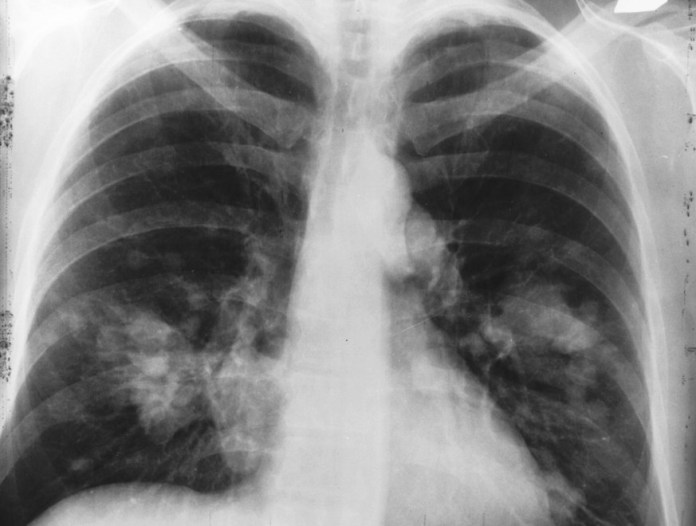According to the American Cancer Society, lung cancer is known for being the main cause of cancer death among women and men globally.
Every year, additional people, nearly 154,000, die out of lung cancer as opposed to prostate, breast, and colon cancers combined. Also, the lifetime risk of contracting lung cancer stands at 1 out of 15.
Successful patient results rely on early detection, whereby out of half of all new patients diagnosed after spreading this type of cancer, only 4% will live for five years.
Luckily progresses in artificial intelligence are expected to make things easier for clinicians when it comes to spotting tumour growth signs more accurately than when using the eyes alone.
A paper that was recently published on the Arviv.org dubbed Single-Shot Single-Scale Lung Nodule Detection shows a deep learning technique for lung detection.
Through a convolutional neural network, researchers based at the University of Florida-based Center for Research in Computer Vision were in a position to spot small nodules of lung cancer with about 95- 97% accuracy.
READ MORE – Top 10 Ways Artificial Intelligence is Impacting Healthcare
Their efforts carry on what NYU researchers did back in September (retraining Google’s Inception v3 to detect specific forms of lung cancer with an unmatched 97 accuracy rate).
“Our approach uses a single feed-forward pass of a single network for detection and provides better performance when compared to the current literature. We used publically available … [scans] and showed that the proposed method outperforms the current literature both in terms of efficiency and accuracy … To the best of our knowledge, this is the first study to perform lung nodule detection in one step,” the team wrote.
The system used by the researchers, S4ND, separated input data into a grid of cells before performing classification for all cells at the same time. About 36 of its convolution layers (consisting five “densely connected” blocks made up of six layers) considered information drawn from the whole scan in a bid to project the existence of nodules in a given cell.
The researchers conducted their training of S4ND on one Nvidia Titan XP GPU workstation featuring 64 GB of RAM. The fed it with 888 CT scans derived from the Luna dataset, which is a public dataset of CT lung cancer scans that have been interpreted by human radiologists.
The scans had been sampled to allow them to appear in random areas in a bid to avoid any case of bias. To test the accuracy of the system, the researchers involved fed the scans into it again. However, the second time, they moved in four different directions by 32 pixels.
The S4ND proved to be better in dealing with the variation in position, shapes, and textures of nodules compared to traditional computer-backed detection systems. Also, the researchers revealed that the system had an easier time in reconciling all the discrepancies existing between huge search spaces and the relatively small nodes as well.
“We experimentally validate[d] the proposed network’s performance … on publicly available LUNA data set, with an extensive comparison with the natural object detector networks as well as the state of the art lung nodule detection methods. A promising future direction will be to combine diagnosis stage with the detection,” the researchers wrote.




















